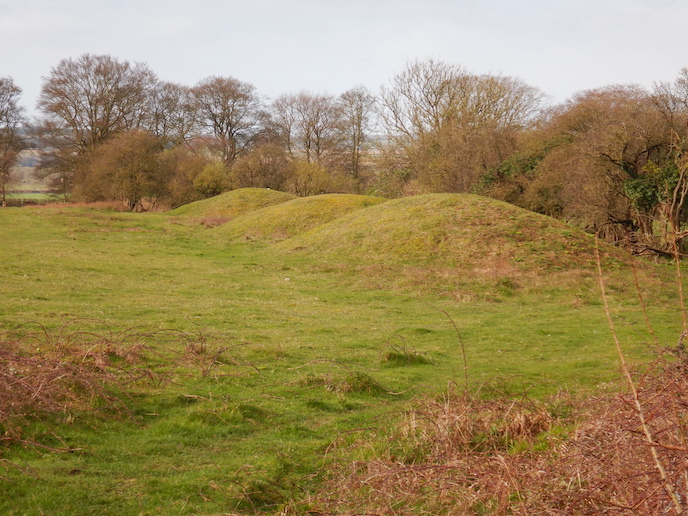Wessex Bronze Age barrows reveal their relationship with the human environment
The Bronze Age, especially in its early phase, was a period of rapid technological development. In north-western Europe, metal took over from stone and flint for weapons and tools with cutting edges. Although the full use of metal tools evolved later, the development of long-distance networks developed to facilitate cross-Channel trade in copper and tin. Prior to this impetus, Late Neolithic communities on both sides of the Channel seem to have ignored each other and there is very limited evidence of cross-Channel contacts. But by 2500 BC the situation had dramatically changed. The spread of the Bell Beaker culture witnessed greater social dynamism and the expansion of metallurgy in north-western Europe. A few centuries later a generation of new elites appeared on both sides of the Channel – the Wessex area of southern Britain and Armorica in northern France – while bronze metalworking developed throughout the region. “This boosted seafaring trade, bringing about cultural integration across the Channel in the early 2nd millennium BC,” explains Marie Skłodowska-Curie fellow Clément Nicolas, the principal investigator on the WATCH project, based at Bournemouth University in the United Kingdom. The project aimed to understand how communities living in the Channel coastlands became interdependent at a time when trade in tin and copper was strengthening the foundations of an extensive prehistoric European union.
Bronze Age barrows and graves in Wessex give insight into social structures
The first stage was to build up a database of barrows and graves in Wessex, dating from 2500-800 BC. Nicolas studied the chronological and social distribution of these burials, using archaeology (stratigraphical relationships), radiocarbon dating and correspondence analysis. “The crucial step was to isolate chronologically coherent groups of mounds and barrows and to look at their distributions. I was asking: how does social differentiation expressed in grave goods relate to features of the natural environment such as rivers and the coast? And what does their relationship to the environment created by humans – early routes, field systems, enclosures, and so on – tell us?” The key challenge was dealing with the wealth of sites. “The biggest task of the project has been to set up and analyse the database of thousands of Bronze Age burials and barrows in Wessex of this period. “Because there were so many, we had to limit our detailed inventory to the county of Dorset (2 813 burial mounds), supplemented with more generic data sets from Historic England to extend observations to the rest of Wessex.”
Ancient roads may precede Roman invasion
The project’s findings confirmed the importance of riverine and coastal routes, but interestingly, also found that so-called Roman roads were probably much older than expected and already in operation during the Early Bronze Age. These routes can be seen to connect all inland elite barrows in Dorset and elsewhere in Wessex. “This is similar to what can be seen in north-western France, where some droveways lying below Roman roads are dated to the Early Bronze Age. Such road infrastructures are a tipping point as they are linked to the development of field systems that appear simultaneously around the Channel around 2000 BC,” says Nicolas.
A nomadic or settled people?
WATCH also throws new light on how communities relate to the land. Elite burials appear at the core of coherent territories, while houses of this period have been historically hard to identify because evidence such as pottery or organic remains is rare. The standard interpretation is that the populations were nomadic, but the project has identified a dozen Early Bronze Age roundhouses. “This means that perennial settlements occurred in Wessex. As such, the nomadic hypothesis no longer rings completely true.” Nicolas is now intrigued by the reinterpretation of a carved slab found in Brittany which appears to be a map of an Early Bronze Age territory! “We will now go back to the field to better understand the function of such an early map.”
Keywords
WATCH, Bronze Age barrows, graves, Wessex, 2500-800 BC, Roman, nomadic hypothesis, social structures, Late Neolithic, cross-Channel



